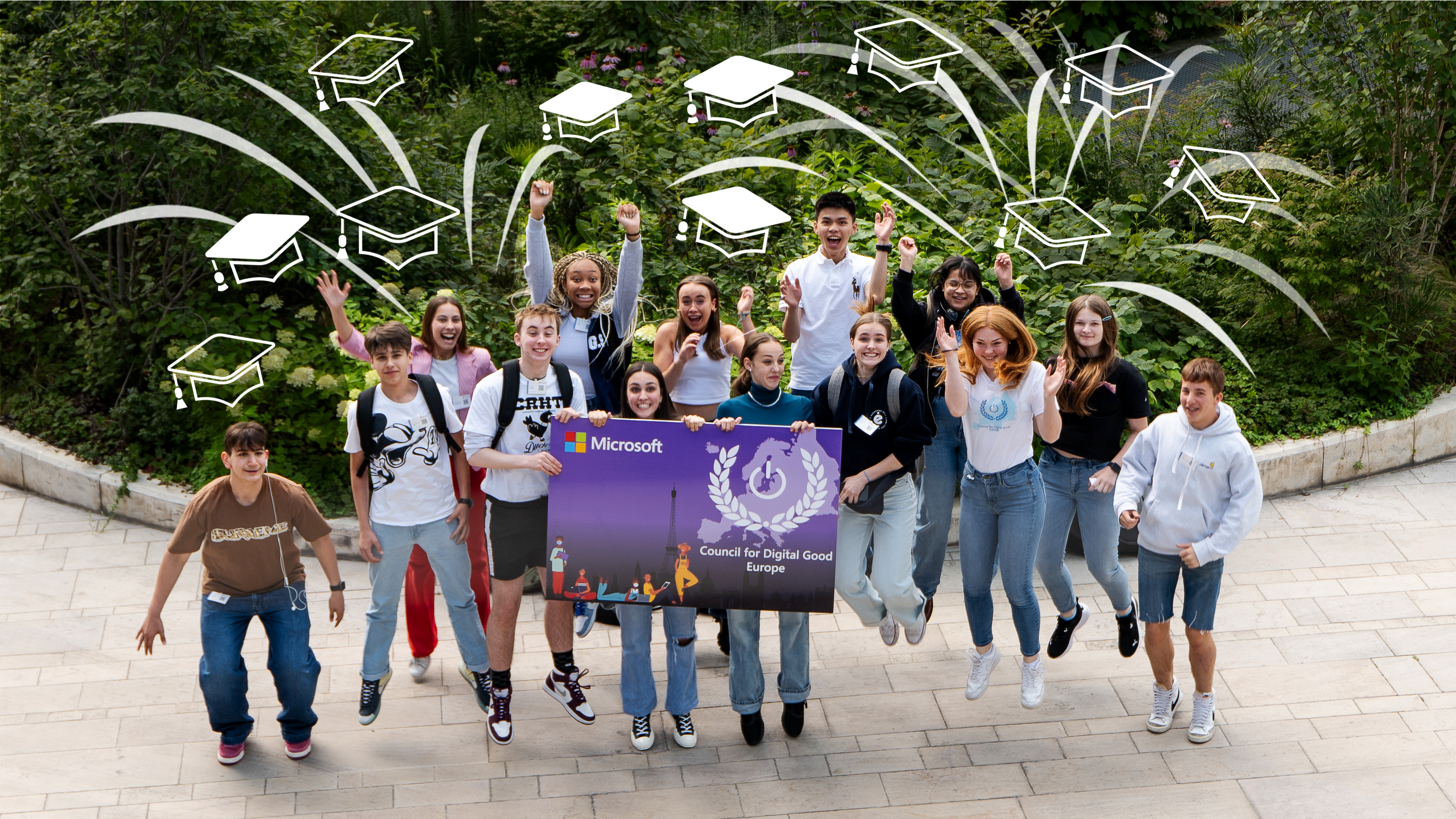“Together for a better internet” – the theme for this year’s Safer Internet Day campaign – still holds true today as it did 20 years ago when Safer Internet Day became an important milestone in the online safety calendar in Europe. Then, as now, the pace of evolving technology has gone hand in hand with the need to foster a safer and healthier online environment. This is particularly pertinent when it comes to protecting younger users and where our shared responsibility is as important as ever.
The latest Global Online Safety Survey 2023 from Microsoft explores the perceptions of online safety around the world today as shared by parents and teenagers. The survey was conducted among 16,000 people across 16 countries, including France, Germany, Italy and the U.K. The research asked questions about online experiences and interactions of 10 different risks, across five broad categories including misinformation, personal risks, self-harm, sexual risks and violent content.
The results in European countries painted a somewhat different picture, with 57% of those surveyed experiencing a risk in the past year compared to 69% of respondents in the rest of the world. The most common risks encountered globally were misinformation and disinformation, and personal risks (including cyberbullying, hate speech and threats of violence). Exposure to risk was 50% in the UK, 56% in Germany, 59% in France and 62% in Italy – all significantly below the international average.
The report highlights how parents around the world underestimate the online risks experienced by teens. This gap was also perceived in the surveyed European countries, with the most pronounced differences reported in Germany on personal risk and hate speech, where 33% of teens reported experiencing hate speech online, while only 11% of parents reported their teen having such an experience. Similarly, in the U.K., 40% of teens reported experiencing personal risks compared to 20% of parents believing their children were exposed to such risks.
These findings underscore the need for ongoing education for all, and for creating a trusted dialogue between parents and children to better understand the risks and to adopt the right behaviors and safety tools. At Microsoft, we are listening to and learning from young people about their experiences online and have been working with the Microsoft Council for Digital Good Europe since 2021 to help create and shape a safer and more empathetic online environment together.
The research revealed how most parents report taking action to keep their children safer online – including checking their children’s profiles and posts and receiving activity reports. Italy (81%) ranked highest among the European countries surveyed, where parents reported using at least one parental safety tool. Parents of younger children ages 6-12 were much more likely than parents of teens to use platform-based safety tools.
This latest research brings into sharper focus our shared responsibility as a technology company working with policymakers, governments and civil society to ensure a safer internet for all in Europe. We know that safety by design and building in safety features are key. Having clear safety policies coupled with consistent, proportionate action to enforce those policies is essential. Globally, survey respondents overwhelmingly agree with 28% of respondents expecting content moderation for illegal content and another 57% of respondents expecting content moderation for illegal and harmful content.
Visit New Microsoft research illustrates the online risks and value of safety tools to keep kids safer in the digital environment and our Online Safety website for tips for teens and parents.

